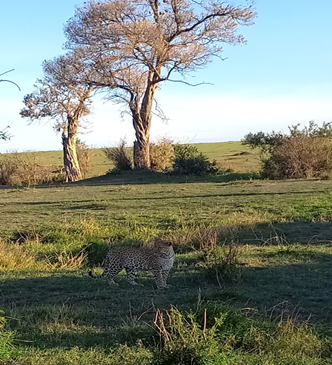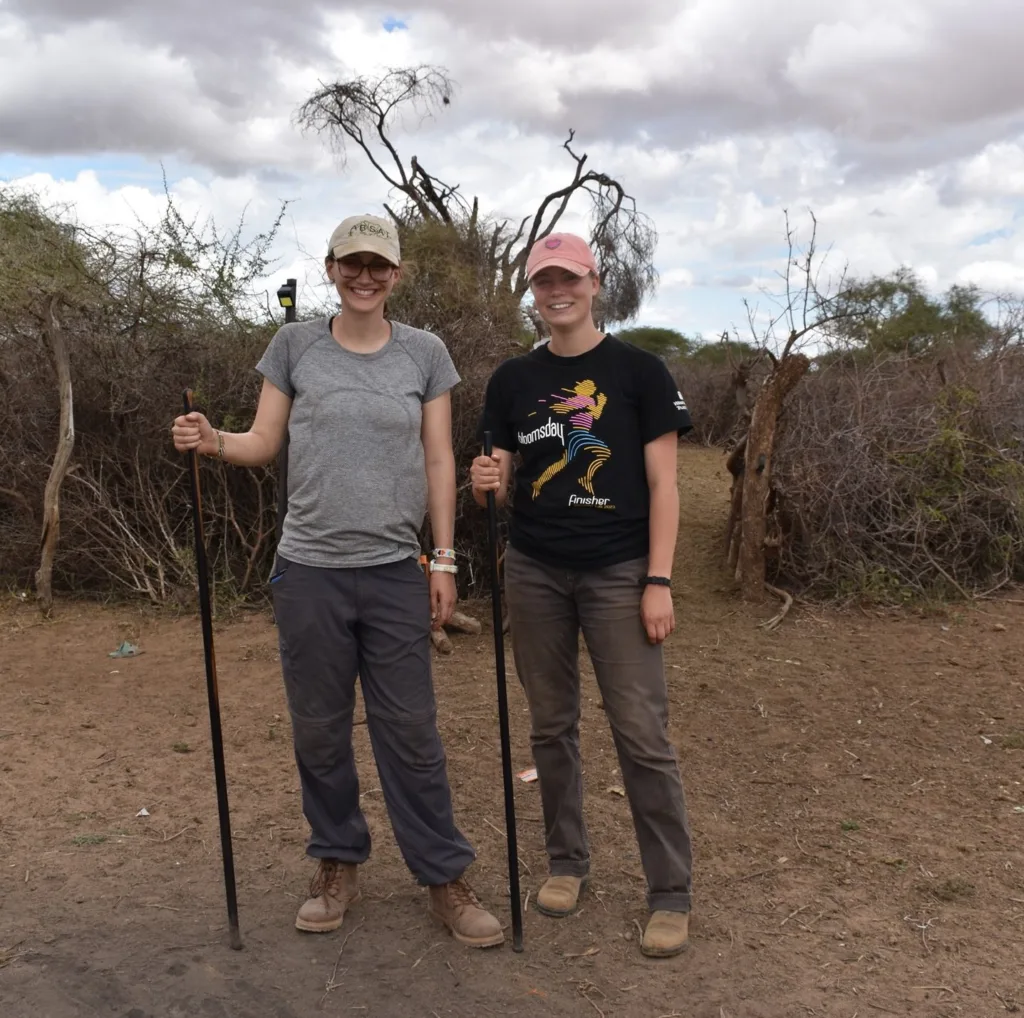The Fruits of Tourism in Panama and Costa Rica
Panama and Costa Rica share geographies, histories, and development strategies; and these have been the focus of the first official exchange, undertaken this spring semester between Professors Alastair Smith and Mary Little, and their respective SFS Centers in Bocas del Toro and Costa Rica. The exchange program allowed us to undertake a comparative analysis of two regions, widely understood to have remained on the periphery of the global economy: principally as a result of their historical function to supply often agricultural raw materials, but which have more recently become the places of tourism, for populations in ‘more economically developed’ and arguably imperial countries.
While in Costa Rica, Professor Smith gave lectures on Bocas’ roll as an important site of banana and cocoa production and how that history has shaped the geography and culture of the region. He also shared his research on the ways in which this legacy has set the stage for more recent demands and opportunities for the tourism sector, and the economic and cultural changes this process is provoking. In particular, Prof. Smith presented the work of his Directed Research team from the previous semester (for which great credit must go to Clarity Cotman, Heather Ryan and Tamara Hijazi for their outstanding work) concerning the processes of place making, supply chain upgrading, and cultural transitions identified by students in the creation of “chocolate tourism”. Students were able draw links between these lessons and their experiences investigating banana production and agrotourism in Costa Rica.
In lectures for students at the SFS Panama center, Professor Little compared how coffee and banana production have been key drivers of the Costa Rican economy and how slumps in these industries spurred the country to diversify, including major growth in tourism. Increased tourism has been instrumental in both nature preservation through reserves and its destruction through overuse. Bocas del Toro is facing similar issues of natural resource management, inadequate waste management, and water use. Having promoted tourism as an economic driver, both nations now face a crucial determination about whether to promote conventional mass tourism or emphasize lower volume sustainable tourism. And if the latter, the question then becomes how to develop tourism with limited financial resources and inadequate environmental protection/enforcement.
The professors had the opportunity to visit new sites that highlighted the intersection of agriculture and tourism. A visit to a chocolate tour in Costa Rica linked international history to Costa Rica’s role in production and how today’s producers wish to promote international tourists’ interest in this exotic crop. In Bocas, field trips to a number of cacao related tourism sites – from an indigenous collective that demonstrates traditional methods of cacao production to an ecolodge on a cacao plantation – that reflect similar tourism opportunities and demonstrate how social groups are catering to various niche tourists’ interests and promoting sustainable practices.
In summary, both professors found the experience to be immensely beneficial: learning the distinctive academic experiences that each site offers as a way to expand perspective for students and compare programs to enhance teaching practices. In addition, Alastair and Mary look forward to conducting comparative research on waste management in tourism zones and to explore the resolution strategies different communities enlist to address the negative externalities of this industry. The impact of cacao production and tourism on livelihoods is another field that can bring together the shared development of these nations and a chance to evaluate differing approaches and outcomes. As we continue to collaborate, we hope that other professors and students can look forward to benefiting from this unique academic opportunity in future semesters.
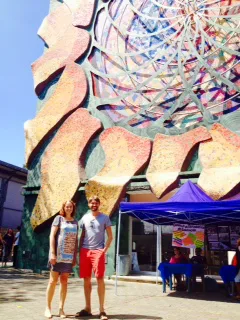
Professors Mary Little and Alastair Smith at the University of Costa Rica
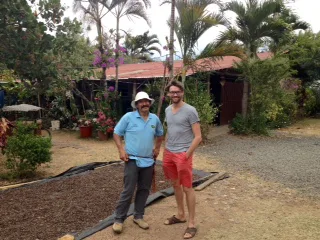
Alastair Smith learning about organic production methods at El Toledo Coffee Farm in Atenas, Costa Rica
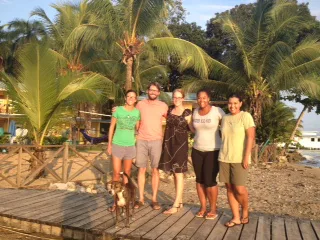
Visiting professor Mary Little (center) with Aileen Maldonado, Alastair Smith, Cinda Scott and Leonora Ceballos at the Bocas Center.
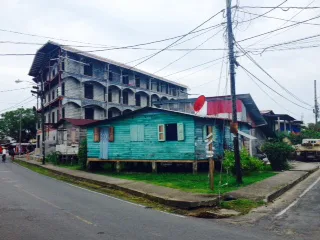
The old and new compete for space on Bocas main island, depicted by this wooden house and a multilevel concrete hotel under construction. Increased development raises questions of authenticity, locals’ resource rights and tourism’s costs verses benefits for various stakeholders.
Related Posts
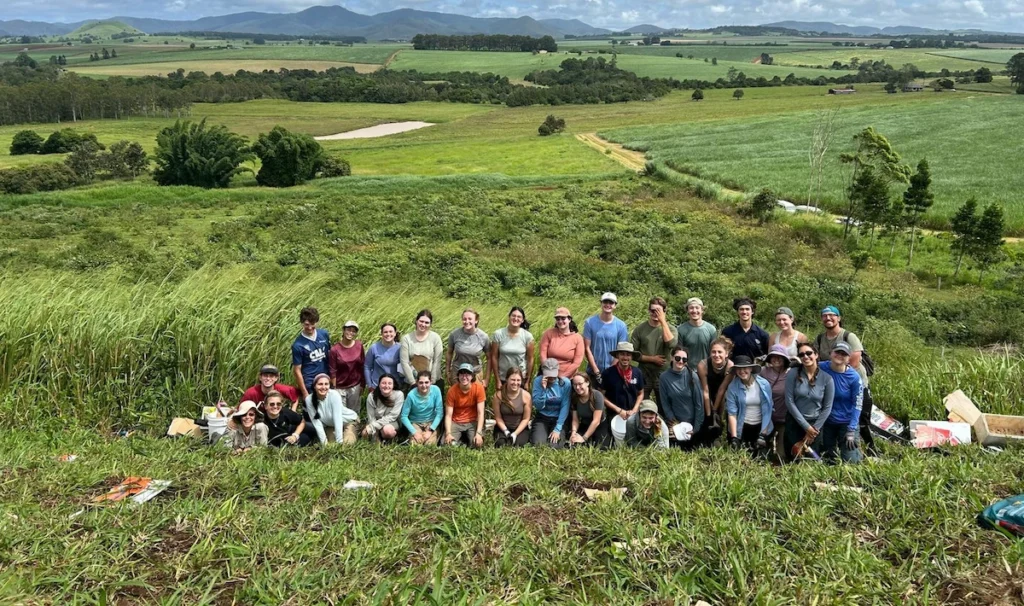
Cinder Cone Chronicles: Lessons from Drought, Data, and Determination
